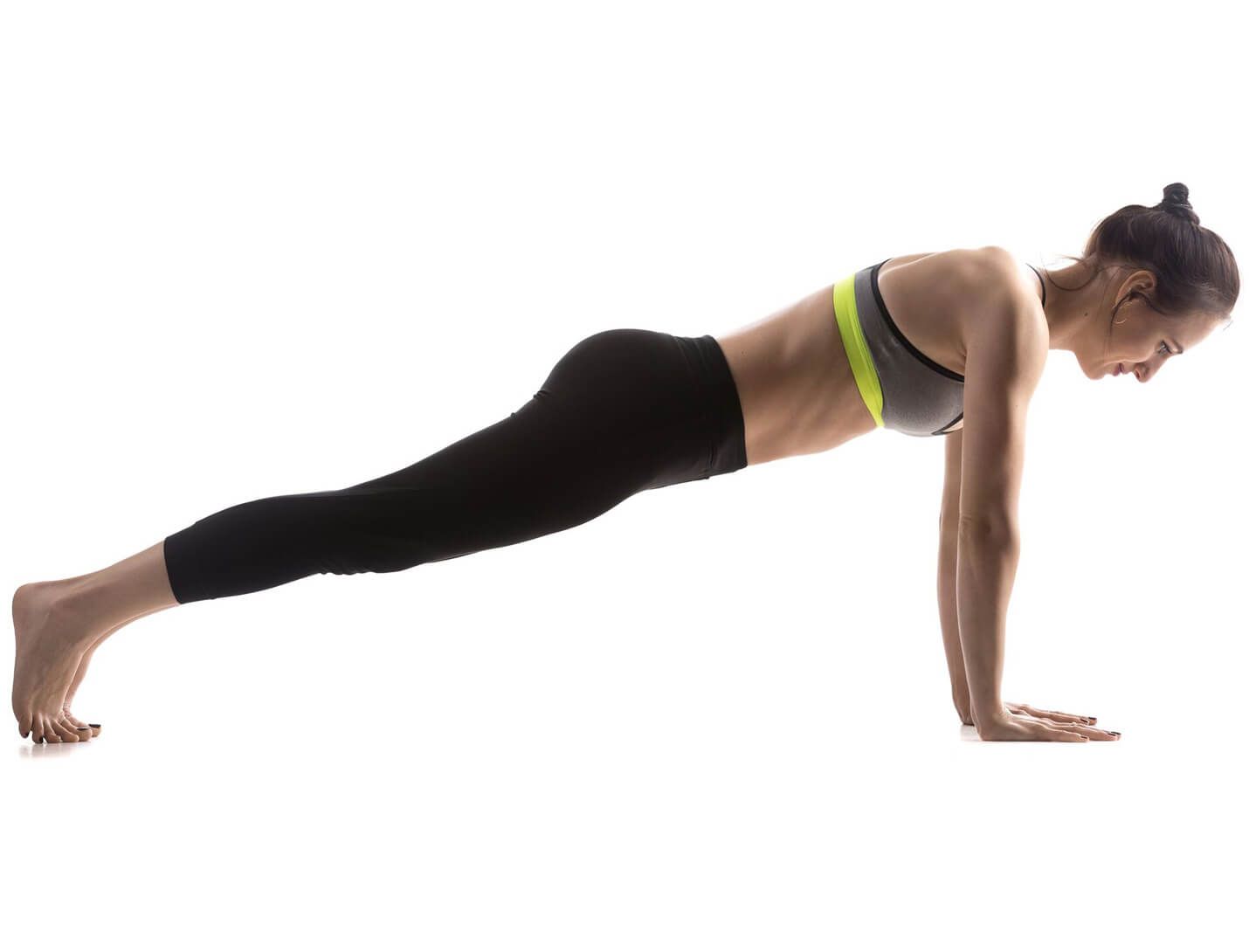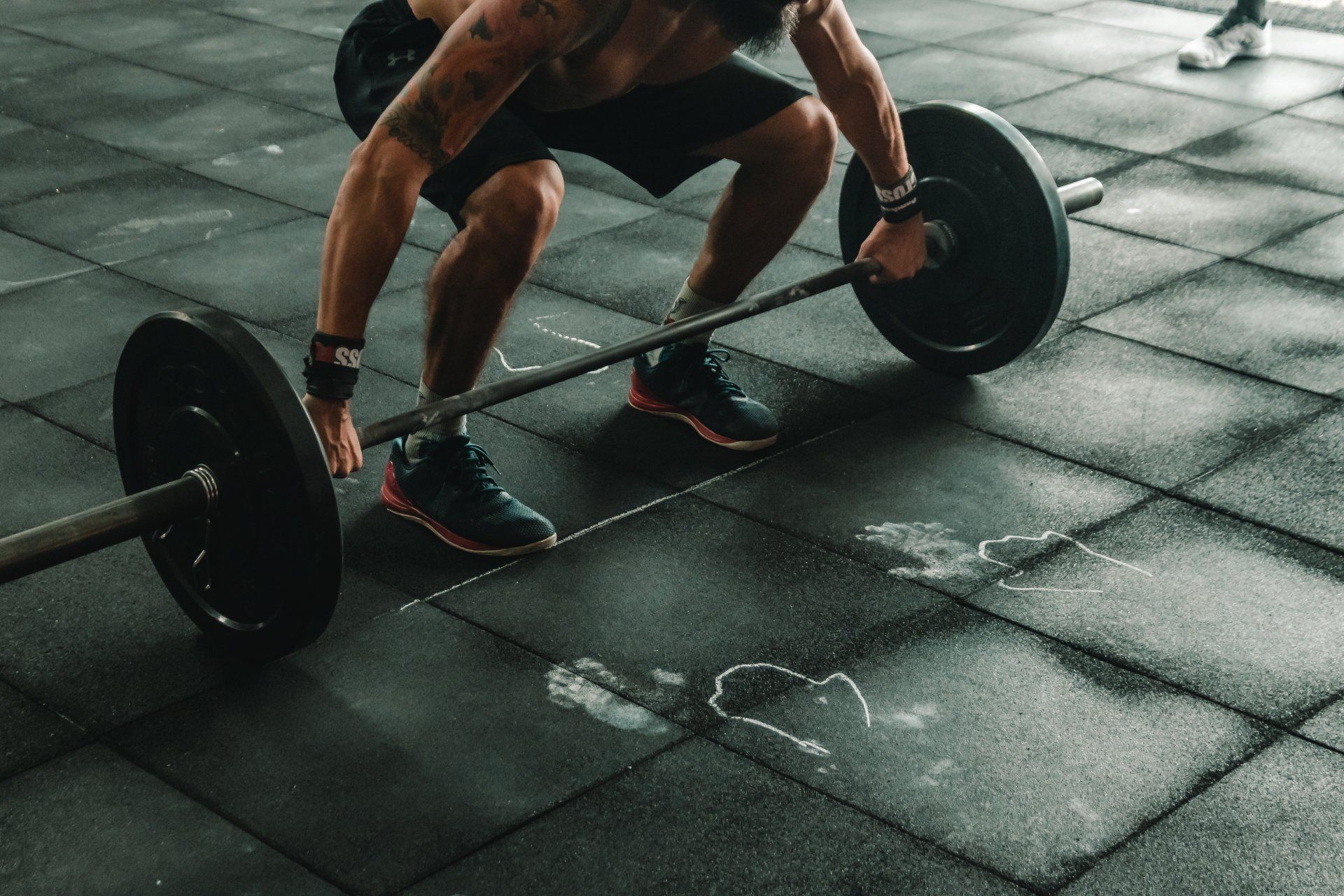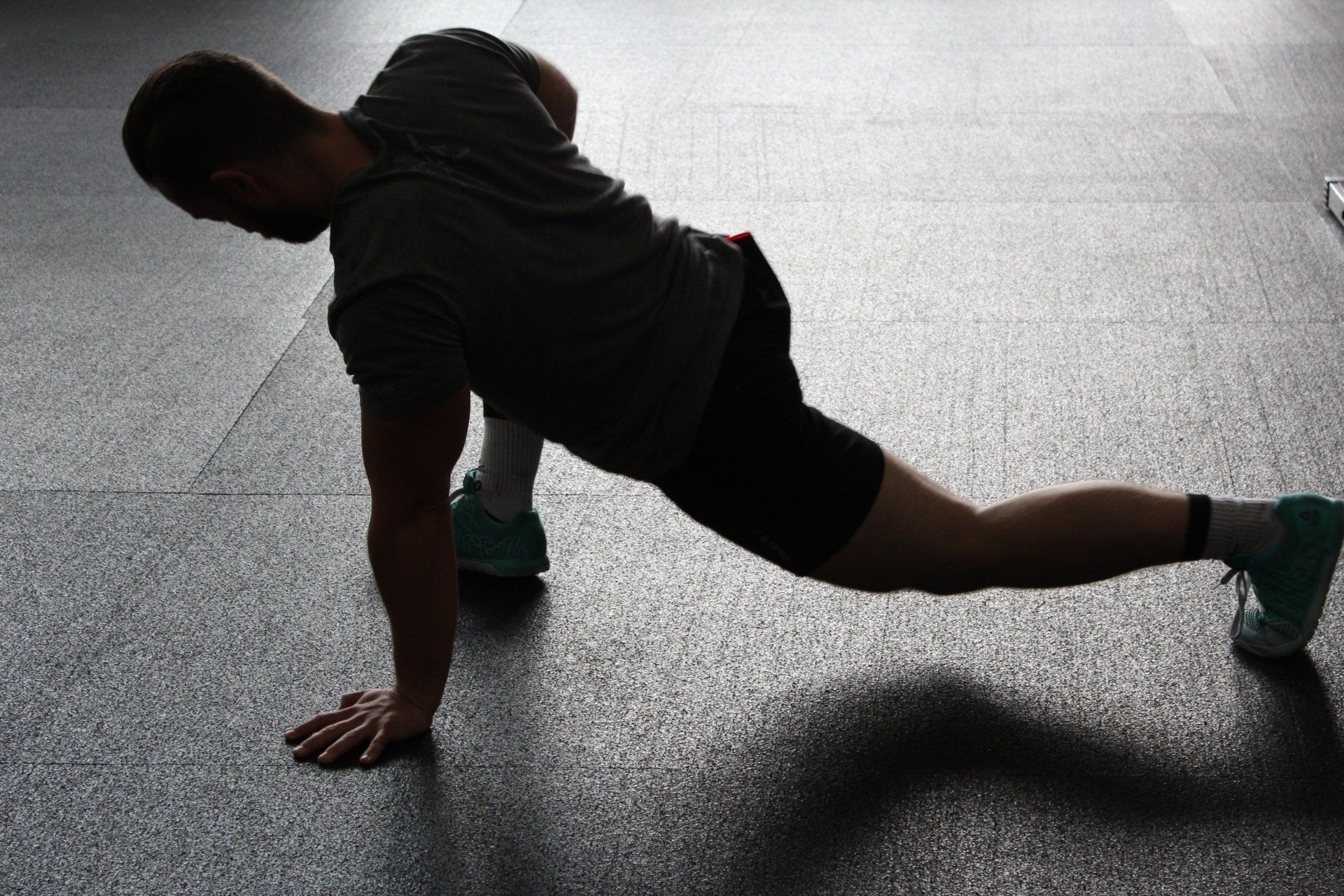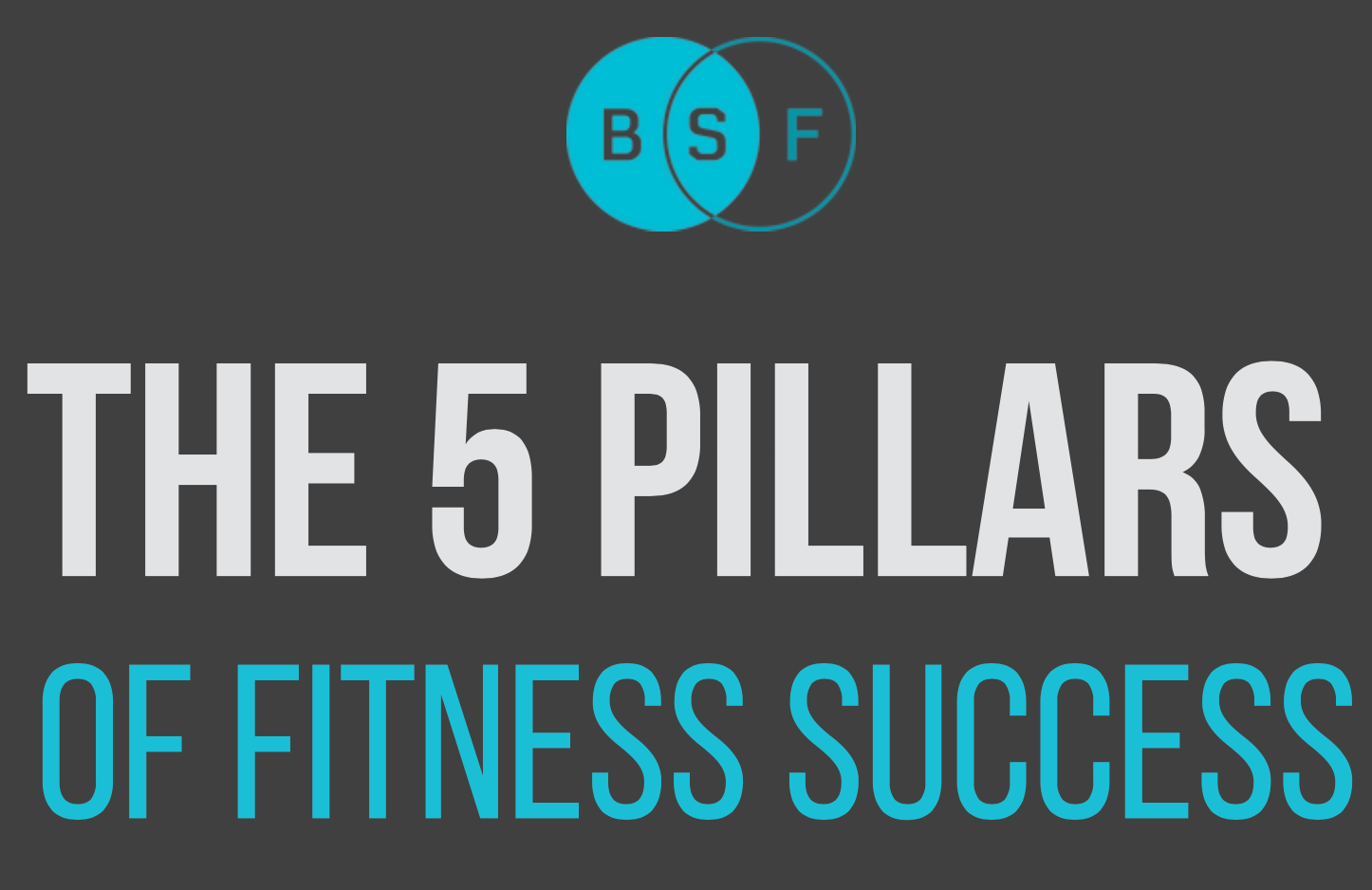Posted By Amy Schlinger on The Fine Line | February
It may look like an easy exercise, but the plank can be a beast.
It may look like an easy exercise, but the plank can be a beast. That beast is one of the most basic — and most effective — core exercises. It recruits multiple muscle groups — abdominals, hips, lower back, and shoulders — and because there are many variations, women of any fitness level can benefit from the plank.
When you think of a core exercise, it’s important to realize that your “core” means more than just the abdominals, says Michelle Lovitt , exercise physiologist and celebrity trainer in Los Angeles. “Your primary movers in a plank are your erector spinae, your rectus abdominus and your obliques. Secondary muscles that are working are your rhomboids, gluteal muscles, quadriceps, gastrocnemius, and deltoid muscles.” And depending on what variation of the plank you’re holding, it’s possible you may work more than that.
As we get older, exercises like the plank become even more important. “Core strength and proper functioning of the core are critical to coordination and motor control,” says Kelvin Gary , owner of Body Space Fitness in New York City, “two things that we start to loose as we get older.”
So why is something that looks easy so difficult to do? Most people don’t have much sense about core strength unless they have an active lifestyle, explains Matty Maggiacomo, master trainer at Barry’s Bootcamp in New York City. “If you spend a lot of time sitting down, either at work or on the couch, it’s very important to start integrating core exercises such as planks into your routine,” he says. “If you’re just starting out, try the most basic form of planking: the forearm plank.”
ANYTIME YOU CAN’T ENGAGE IN ANY PHYSICAL ACTIVITY, ESPECIALLY IF YOU DON’T HAVE TIME FOR THE GYM, I’D ENCOURAGE PLANKS. PLANK HOLDS REQUIRE NO EQUIPMENT AND LIMITED SPACE. PLANK ON!
To get started: Come to your hands and knees and place your forearms on the ground, elbows bent 90 degrees, so your shoulder are stacked directly over your elbows. Extend your legs straight out behind you, come onto your toes, and, using your core, push through your forearms and toes to raise your legs and core off the ground. You want to try to create a straight line from your head to your feet, so pull your belly button into your spine, squeeze your shoulder blades together and down your back, and tighten your glutes as you push your heels back, explains Maggiacomo. Attempt to hold for 30 seconds. Over time, increase that to 45 or even 60 seconds. But don’t be surprised if it’s difficult at first.
Once you hit the 60- or 90-second mark, Kelvin suggests adding arm or leg movements or a dynamic component, such as sliding your feet on a towel or glider to make your plank more challenging. Below are more plank variations to try once you’re comfortable with the basic elbow plank. Add these into your daily fitness routine — or you can even try holding a few while you’re watching television at night.
PLANK EXERCISE VARIATIONS
1. Extended Plank
Place your hands on the floor, shoulders stacked directly over hands. Extend feet out behind you and come onto toes. Activating abs, glutes, and pulling shoulders back and down, push through your feet and hands to raise your core and legs off the ground. Be sure you’re in a straight line from head to toe. Hold 30 to 60 seconds.
2. Side Plank
Lie on the ground, on either your right or left side. Depending on the side you choose, bend that elbow and place your forearm on the ground in front of you, so that it is perpendicular to your upper arm. Stack your legs on top of one another. Using your core, glutes, and legs, push your forearm and bottom foot into the ground to raise your body off the ground. Body should be in line from head to toe. Your top hand can rest on your hip or reach upward toward the ceiling. Hold 30 to 60 seconds; repeat on the other side.
Modification: If you’re unable to balance with your feet stacked, simply place one in front of the other.
3. Decline Plank
Come into forearm plank position but have your feet elevated on a bench or a stair. Hold 30 to 60 seconds.
4. Extended Plank With Shoulder Taps
Come into extended plank position, hands on the floor, shoulders stacked above wrists, feet extended out behind you, body in a straight line head to toe. Without moving your core, shift your weight into your left hand as you lift your right hand off the ground and tap your left shoulder. Return your right hand back to the ground. Shift your weight into your right hand as you lift your left hand off the ground and tap your right shoulder. Continue alternating for 30 to 60 seconds.
5. Long-Lever Plank
Come to extended plank position. Without moving the rest of your body, walk your hands forward 4 to 6 inches. Hold for 30 to 60 seconds.
“Anytime you can’t engage in any physical activity, especially if you don’t have time for the gym, I’d encourage planks,” says Maggiacomo. “Plank holds require no equipment and limited space. Plank on!”
The post The Power Of The Plank appeared first on Body Space Fitness.













